The Basics of Tri-Clamp Fittings
Before we get into the basics of tri-clamp fittings, I wanted to discuss some of the terminologies you may hear in the food & beverage industry regarding these types of fittings. Occasionally customers will call in asking about the difference between tri-clamp & tri-clover. I usually answer this question by pointing to the difference between Kleenex® & facial tissue. One is a brand name while the other is a generic term to describe the product. Tri-Clover is simply a branded name for tri-clamp fittings. They are compatible with one another and can be used interchangeably.
Alright, so with that background out of the way, let’s get into the basics of tri-clamp fittings. Below are a couple examples of tri-clamp fittings. You will find this style of fittings in all types of food and beverage processing plants from breweries to candy makers.
Examples of Tri-Clamp Fittings
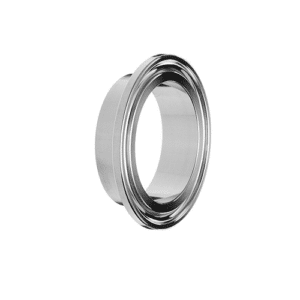 |
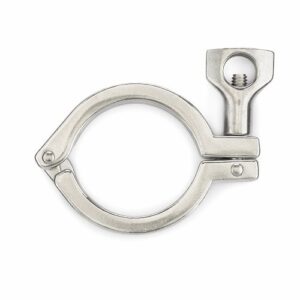 |
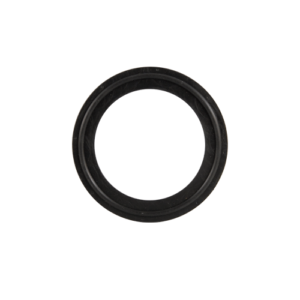 |
| Tri-Clamp Weld Ferrule | Single-Pin Clamp | Tri-Clamp Gasket |
This style of fittings is preferred for a couple of reasons. One they are very easy to assemble and take apart. And, two, they are extremely easy to clean, having no small nooks and crannies where bad stuff can hide.
Tri-clamp fittings assemble very easily by taking the flanged end here and mating it with another flanged end. Between these two faces, a gasket is used to create a leak-proof seal. These gaskets come in a variety of materials including rubber, silicone or Teflon®. Finally, the connection is secured using a clamp like this one which is hand tightened to hold the pieces together.
One common mistake that some people new to tri-clamp fittings make is to overtighten these clamps. This can potentially damage these parts and the important piece to remember is to simply let the gasket do its job which is to create a leak-proof seal between the two flanges.
Finally, I wanted to point out some of the different styles of tri-clamp fittings adapters. These fittings allow you to go from tubes of alternate sizes like this concentric reducer, or to other pieces of equipment like this tri-clamp to NPT adapter which would allow you to connect to a hose much like your typical garden hose. These are just a couple of examples of tri-clamp adapters but there are many more available styles depending upon what you may need.
Other styles of Tri-Clamp Fittings
 |
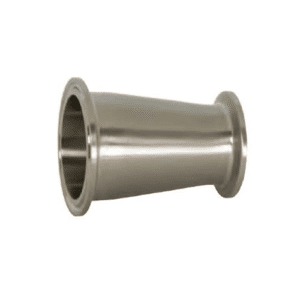 |
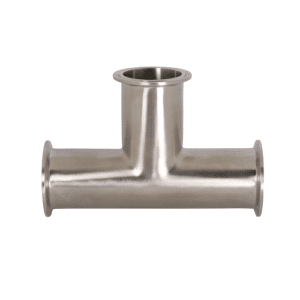 |
| Tri-Clamp x NPT Adapter | Concentric Reducer | Clamp Tee |
Was this article too basic for you? Check out our Ultimate Guide to Tri-Clamp fittings!
If you have any other questions, please contact us for additional information.

